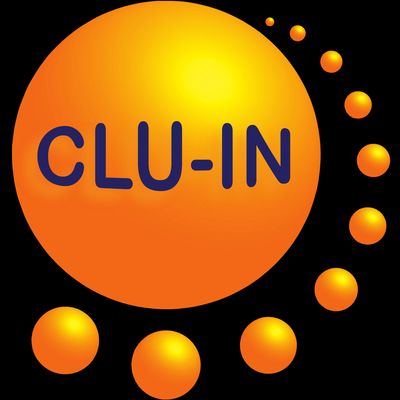Since 1998, The Contaminated Site Clean-Up Information (CLU-IN) website has presented Internet Seminars covering a wide variety of technical topics related to hazardous waste characterization, monitoring, and remediation. For select seminar topics offered since 2012, we are making complete video recordings available through our archives. This feed contains all video seminars archived in the last 12 months. For a complete list of seminars archived since 2000, please visit http://www.clu-in.org/live/archive/. Our Rehabilitation Act Notice for reasonable accommodation is available at http://www.clu-in.org/training/accommodation.cfm. CLU-IN was developed by the U.S. Environmental Protection Agency (EPA) but is intended as a forum for all waste remediation stakeholders. For more information and to view upcoming live offerings, please visit http://www.clu-in.org/live/. For a complete list of RSS feeds available on CLU-IN, please visit http://www.clu-in.org/rss/about/.
http://www.clu-in.org/live/archive
Reducing Cost Risk in Remedial Action Budgets Using Supplemental Analyses (Mar 11, 2020)
The Society of American Military Engineers (SAME) Denver Post and Philadelphia Post along with the US Environmental Protection Agency (EPA) are hosting a series of webinars based on talks given at recent Design and Construction Issues at Hazardous Waste Sites (DCHWS) Symposiums. The mission of the DCHWS symposiums is to facilitate an interactive engagement between professionals from government and the private sector related to relevant and topical issues affecting applications of engineering and science associated with cleaning up hazardous waste sites. The symposiums also serve as a platform to facilitate the exchange of information, encourage dialogue, share experiences, and build and enhance communication among design and construction professionals. The topic for our prior DCHWS West presentation was reducing cost risk in remedial action budgets using supplemental cost estimating analyses. As discussed during the presentation, the cost estimates for selected remedies in Records of Decision (RODs) that are used for remedial action budgeting often use simplified information (such as scope of work activities and related quantities) as opposed to remedial action (RA) construction cost estimates developed during remedial design. Remedial action budgets developed from the ROD selected remedy cost estimates have inherent limitations due to the use of the estimate (i.e. selecting a remedy through comparisons of alternatives). Due to differing stakeholder perspectives and potential overreliance on the selected remedy cost estimates developed during the ROD, there can be confusion about why the RA cost estimate prepared during Remedial Design is different than the cost estimate in the ROD. Differences between the selected remedy cost estimate in the ROD and the RA cost estimate can lead to difficulties with project execution including the need to request additional funding and/or schedule delays. Based on prior CERCLA project experiences, CDM Smith has developed tools consistent with cost estimating industry standards and EPA guidance that can be used to communicate the reasons for these differences in estimates including Basis of Estimate documents and ROD cost comparison tables. The additional information will focus on case studies and lessons learned from CERCLA projects that led to the development of these tools and explain how they help show the actual differences in remedy scope and related costs as the level of project definition increases during remedial design, for example why cost items that at first glance appear to be similar ("apples to apples") could actually differ ("apples and oranges"). To view this archive online or download the slides associated with this seminar, please visit http://www.clu-in.org/conf/tio/DCHWS6_031120/
